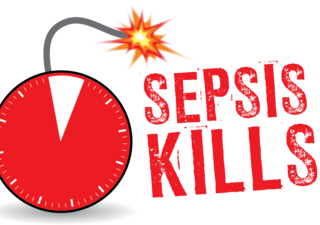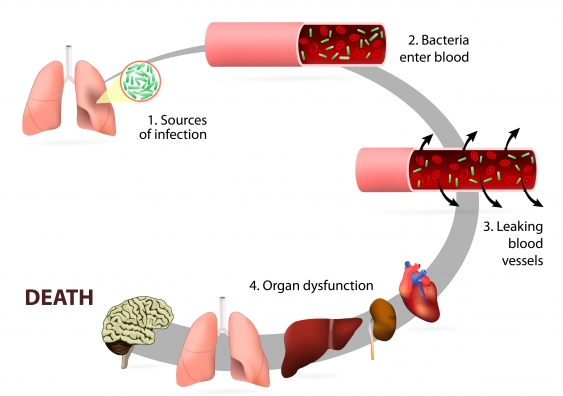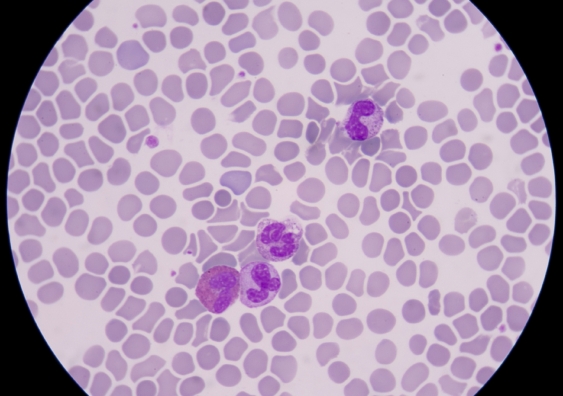Patients presenting with sepsis in NSW hospitals are receiving life-saving treatment earlier thanks to a program that has transformed the way emergency departments respond to the condition, a UNSW study shows.
Sepsis – an inflammatory response to an infection which can led to septic shock and organ dysfunction – is one of the most common reasons for a patient's health to deteriorate in hospital, and was involved in 17.5% of all in-hospital deaths in NSW in 2009.
The SEPSIS KILLS program was introduced into emergency departments in 2011, after the NSW Clinical Excellence Commission founds significant delays in the recognition and management of sepsis in NSW hospitals.
The program educates staff to recognise risk factors, signs and symptoms of sepsis, resuscitate patients with rapid intravenous fluids and antibiotics and then refer them to senior clinicians and teams.
This program saves lives and should be rolled out across Australia.
Researchers from UNSW Australia and the Clinical Excellence Commission (CEC) collected data from 13, 567 patients from 2011–2013, to assess the success of the program.

There are approximately 15,000 episodes of severe sepsis and septic shock in Australian and New Zealand intensive care units per year (Photo: CEC)
The results of the study are published today in the Medical Journal of Australia.
They found the proportion of sepsis patients receiving intravenous antibiotics within 60 minutes of triage increased from 29.3% to 52.2% over the period.
The research found the number of sepsis patients being treated immediately or within 10 minutes of arrival increased. At the same time, there was a decrease in mortality from 19.3% in 2009–2011 to 14.1% in 2013, and there were also significant declines in time spent on the intensive care ward and total length of stay in hospital.
Chief clinical epidemiologist and senior author of the study, UNSW Professor Mary-Louise McLaws, praised the collaboration of the state’s emergency department clinicians involved in the program.
“Some 70% of sepsis comes through our emergency departments. The commitment of emergency department staff to the program saved an additional 150 lives each year through their adherence to the SEPSIS KILLS program,” Professor McLaws said.

Sepsis is one of the leading causes of death in hospital patients worldwide. It causes more deaths than prostate cancer, breast cancer and HIV/AIDS combined (Photo: iStock).
“I am pleased that patients with sepsis are now being treated with the same urgency as those with stroke, heart attack and trauma.This program saves lives and should be rolled out across Australia.”
Since the conclusion of the study, NSW public hospitals have begun extending the SEPSIS KILLS program to inpatient areas and wards.




